SKYWARD TALES: PLANETARIUM’S STORY UNFOLDED – PART 1
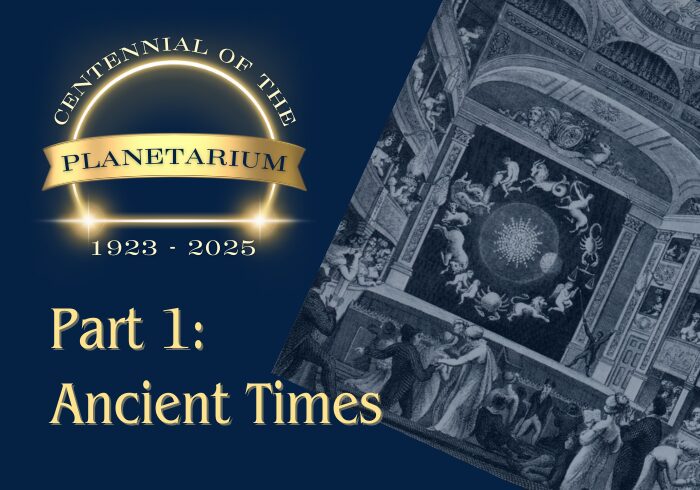

Let’s embark on the inaugural Chapter of “Skyward Tales: Planetarium’s Story Unfolded”, where each segment illuminates a distinct era in the development of planetariums.
From their conceptual inception to the state-of-the-art digital domes of the present, this series chronicles the remarkable journey of these celestial theaters. Discover how each generation of planetariums has expanded our horizons, bringing the mysteries of the universe closer to earth.
Through this exploration, we celebrate the technological marvels and the visionary minds that have transformed these spaces into portals to the cosmos. Embark with us on a voyage through the history and innovation of planetariums.
Long before the digital domes that now captivate audiences worldwide, our ancestors devised ingenious ways to bring the heavens down to Earth. These early planetariums were not just scientific instruments but also works of art and mechanical marvels that reflected the ingenuity and curiosity of their creators. They served as a bridge between the mystical and the empirical, blending mythology with emerging astronomical knowledge.
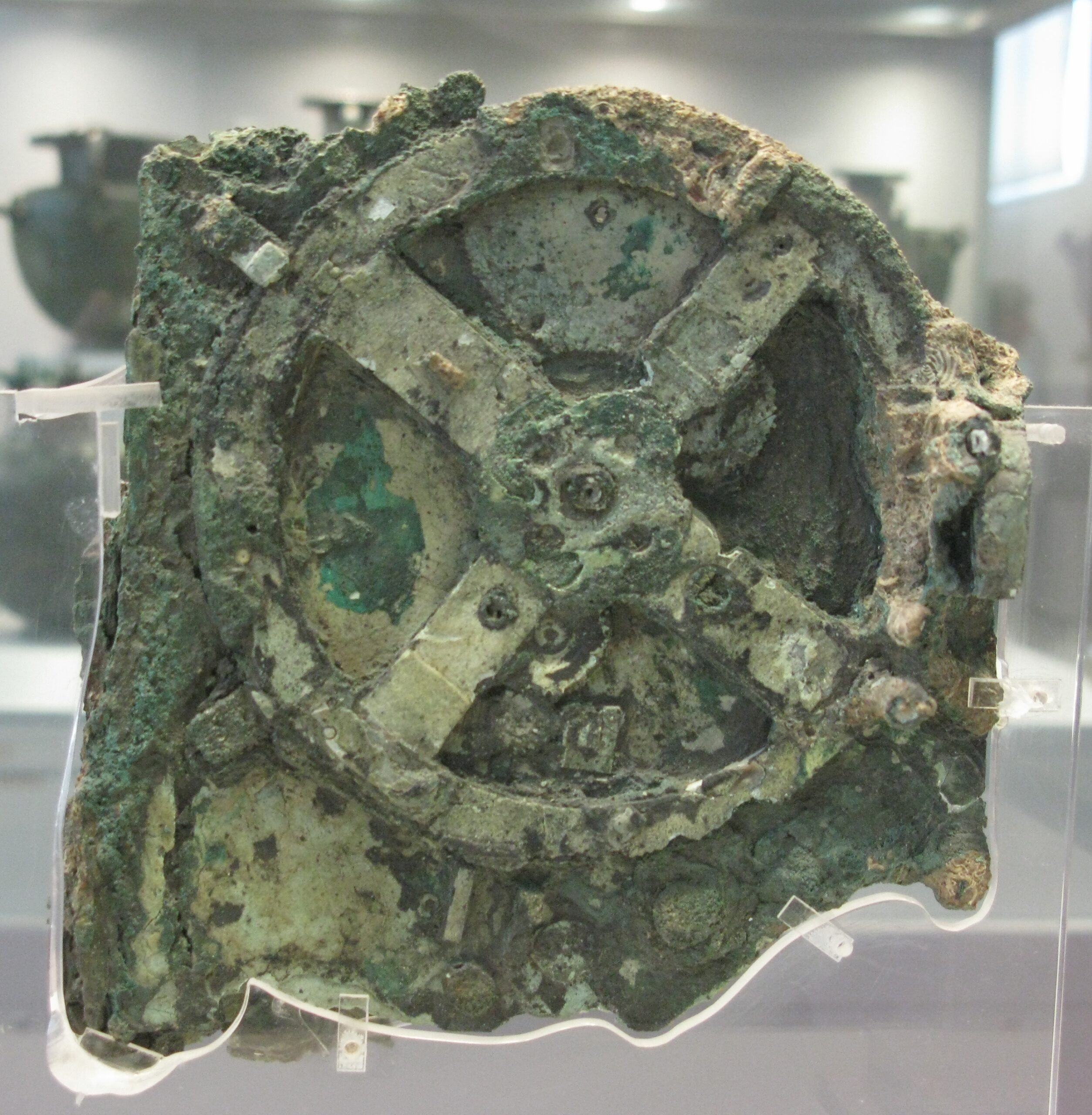

Centuries before the advent of projection planetariums in the early 20th century, various mechanical devices were used to illustrate the Solar System and celestial movements, often referred to as planetariums. These included orreries and other sophisticated mechanisms which demonstrated the technological prowess of antiquity in representing astronomical phenomena.
The Antikythera Mechanism, an ancient Greek device, featured intricate gear systems to predict celestial events. Archimedes’ Mechanism, though less understood, is believed to have employed similar principles, showcasing early expertise in gears and mechanical computing to model astronomical phenomena, a testament to the advanced engineering of the time.
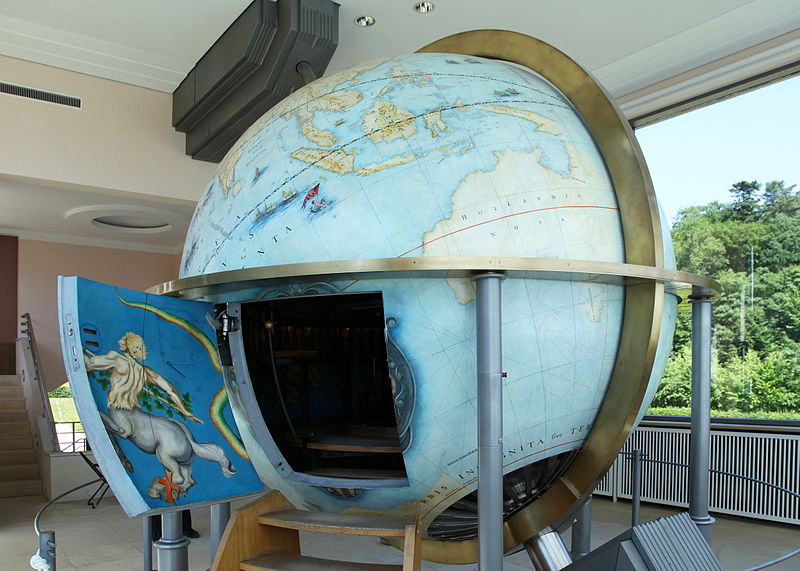

The Globe of Gottorf, created around 1650, and other similar devices, displayed constellations and celestial movements in a mechanical format. The Globe of Gottorf is an accessible globe that encapsulates both terrestrial and celestial realms, presenting an external terrestrial map and an internal depiction of stellar constellations adorned with astronomical and mythological motifs. Operated by hand or hydraulically, it offered occupants an experiential understanding of celestial motion, laying the groundwork for contemporary planetariums.
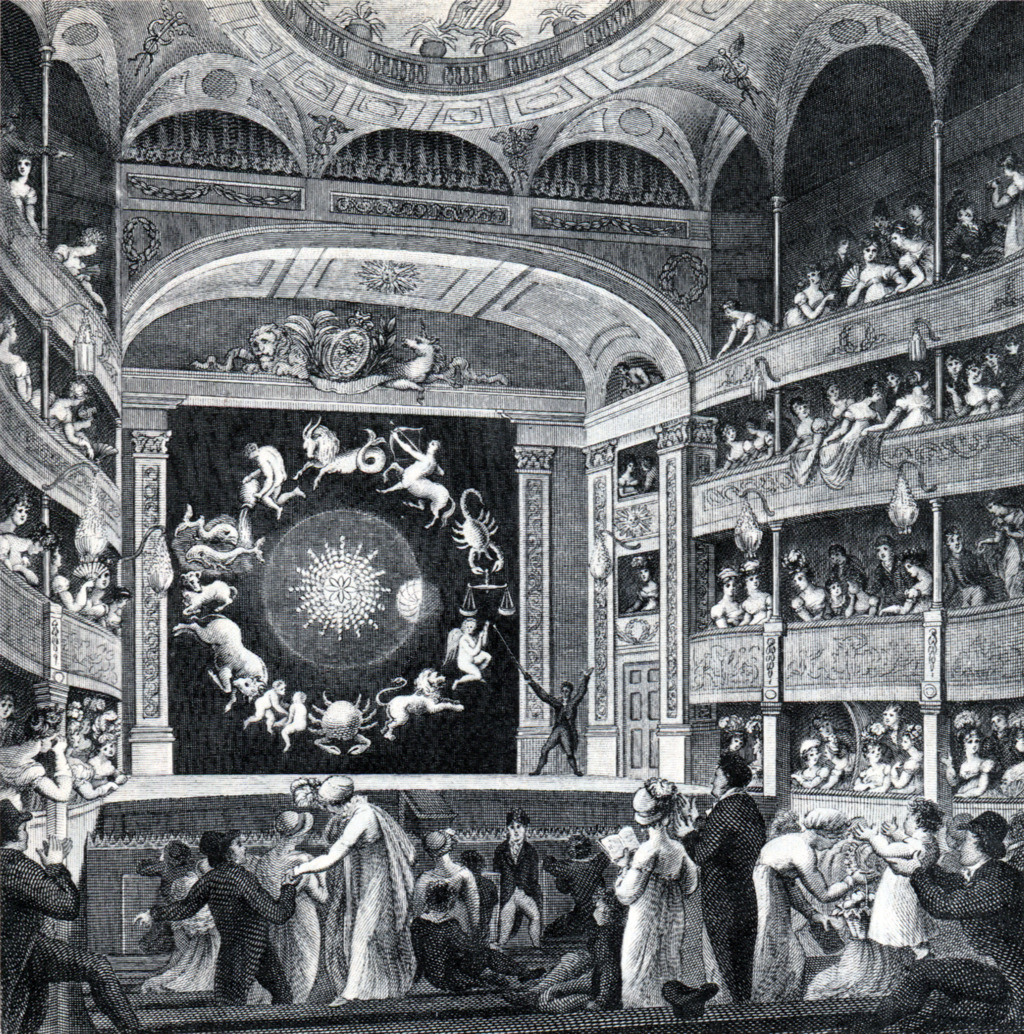

In the 18th century, attempts were made to enhance the scale and impact of these devices for educational purposes, blending theatrical elements with scientific education, as seen in Adam Walker’s Eidouranion, a large machine used for public lectures that combined spectacle with educational content. It offered audiences a captivating visual representation of the solar system. This “moving panorama” combined art and science, projecting celestial phenomena onto a screen, thus bringing the wonders of the cosmos to life in an era before modern planetariums.
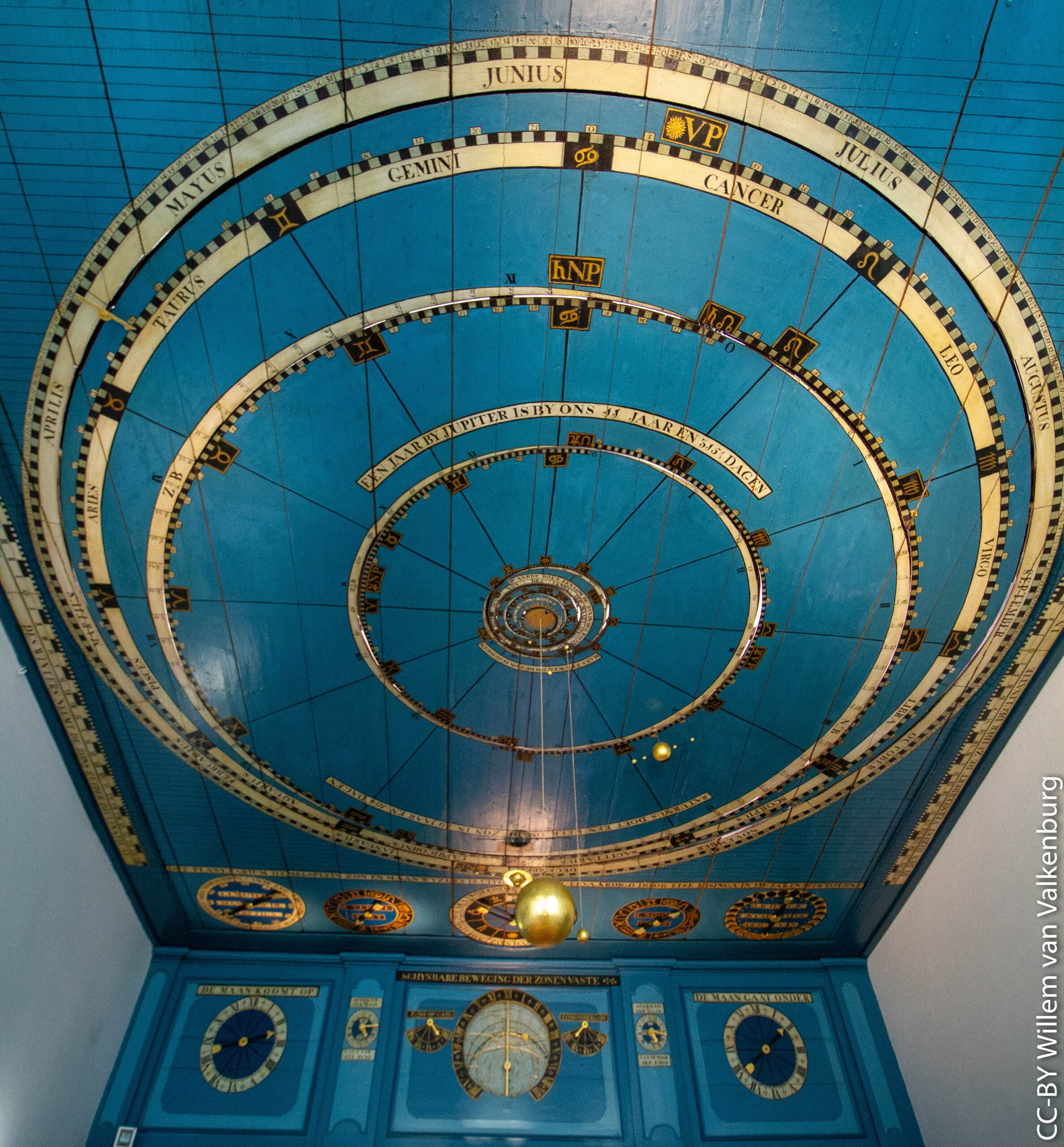

The oldest still-operating planetarium, built by Eise Eisinga in the living room of his house in Franeker, was completed in 1781. It represents a remarkable example of early mechanical representations of the Solar System, showcasing the detailed and intricate work involved in such creations.
It incorporates a sophisticated gear mechanism, powered by a pendulum clock, to simulate the solar system’s dynamics. The gears, meticulously handcrafted from wood and metal, represent the planets visible to the naked eye: Mercury, Venus, Earth, Mars, Jupiter, and Saturn, each moving at their correct relative speeds. The entire assembly is ingeniously hidden within the ceiling, with only the planetary orbs visible from below. This system’s accuracy was so advanced for its time that it could predict planetary positions, eclipses, and other celestial events years in advance. Eisinga’s use of contemporary astronomical knowledge and mathematical calculations enabled this precision, making the planetarium a valuable educational tool and a masterpiece of scientific artistry.
The transition to modern projection planetariums began with significant advancements in the early 20th century.
Stay tuned for our next cosmic journey in the “Skyward Tales: Planetarium’s Story Unfolded” series.
Suorces:
https://en.wikipedia.org
